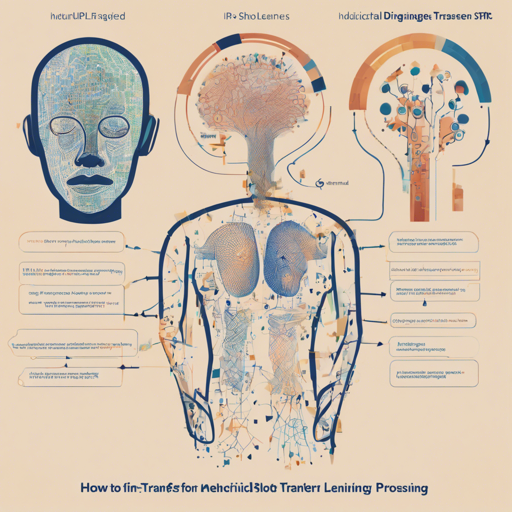Welcome to our blog! Today, we will delve into the intricacies of fine-tuning IndicBERT for few-shot transfer learning. We’ll focus on how to adapt IndicBERT specifically for Hindi training data while utilizing Urdu validation and test sets. Although low accuracy is expected, this approach promises to enhance Named Entity Recognition (NER) models in multilingual contexts.
Understanding the Core Concept
Think of fine-tuning IndicBERT like teaching a dog a new trick. The dog (in our analogy, IndicBERT) has already learned various commands (i.e., natural language understanding), but now we want it to perform a specific trick (detecting named entities in Hindi text). The fine-tuning process involves using some guided training (Hindi training data) while assessing performance through other tricks (Urdu validation and test sets). Here’s how you can embark on this journey!
Prerequisites
- Python installed (preferably 3.7 or higher)
- Access to necessary libraries such as Hugging Face Transformers
- Familiarity with Jupyter Notebooks or similar coding environments
- Hindi and Urdu datasets for training and validation
Step-by-Step Guide
- Install Required Libraries: Ensure you have the Hugging Face library and its dependencies installed as they will help you leverage IndicBERT’s capabilities.
- Prepare Your Data: Gather and preprocess your Hindi training data and Urdu validation/test sets. This may require tokenization methods provided by mBERT’s tokenizer.
- Load IndicBERT: Use the Hugging Face library to load the IndicBERT model and its tokenizer. This is where the magic of transfer learning begins.
- Fine-Tune the Model: Set up your training loop with your Hindi dataset while periodically validating against your Urdu sets. Keep in mind that low accuracy is expected, so don’t be disheartened!
- Evaluate the Results: After training, assess the model’s performance using metrics like F1, recall, precision, and accuracy.
Troubleshooting
As you embark on this fine-tuning adventure, you might face a few challenges. Here are some troubleshooting ideas:
- Unexpected Low Accuracy: If your accuracy is significantly lower than anticipated, revisit your data preprocessing steps or ensure your Hindi dataset is sufficiently large for meaningful training.
- Tokenizer Issues: If you encounter errors related to the mBERT tokenizer, verify that you are using the correct model parameters and that your input text is appropriately formatted.
- Library Compatibility: Ensure that all libraries are updated to avoid compatibility issues. Older versions may lack necessary features.
- For more insights, updates, or to collaborate on AI development projects, stay connected with fxis.ai.
Conclusion
Fine-tuning IndicBERT for few-shot transfer learning can be a challenging but rewarding endeavor. With the right preparation and mindset, you can enhance your models for NER in multilingual contexts effectively. At fxis.ai, we believe that such advancements are crucial for the future of AI, as they enable more comprehensive and effective solutions. Our team is continually exploring new methodologies to push the envelope in artificial intelligence, ensuring that our clients benefit from the latest technological innovations.

